
Raynaud's disease can be isolated phenomenon (primary Raynaud's) or occur together with other illnesses. In such case it is known as secondary Raynaud's.
It is estimated that the condition affects women more than men and that even up to 3 out of 4 patients are women between 15 and 40 years of age.What Causes Raynaud's Disease?
Human nervous system comprises the sympathetic system and parasympathetic system. They normally function adequately with suitable balance. However, in patients suffering from Raynaud's disease the sympathetic system becomes predominant and this explains all the symptoms and signs of the condition. The reactions of the body induced by stimulation of the sympathetic system develop due to a sudden rush of adrenaline and occur in a form of rapid heart beat and deeper breathing. There is also constriction of the outer blood vessels which makes the skin look pale. Similar body reactions are induced when a person is exposed to cold temperatures. All the mentioned is actually what happens to patients suffering from Raynaud's disease. Cold is considered a major trigger of the condition. The symptoms and signs may be also induced by strong emotion or shock.
As for secondary Raynaud's, it is important to mention that it occurs only as one characteristic of other illnesses. It can, for example, affect people suffering from scleroderma, rheumatoid arthritis, systemic lupus erythematosus, atherosclerosis, pulmonary hypertension and hypothyroidism.
People who smoke, those suffering from migraines, patients with nerve disorders as well as those who have had an injury are at higher risk of developing Raynaud's disease. And finally, the condition may affect people exposed to vibrations, those who have had frostbite and people who spend many hours typing on a keyboard or playing piano.
Clinical Characteristics and Potential Complications of Raynaud's Disease
Symptoms and signs of Raynaud's disease are typical. Namely, the terminal parts of the body, the fingers and the toes turn white, after a while they turn blue and one starts to lose ability to move them. The condition is not painful in this stage, but may become painful once the blood starts to return to blood vessels previously deprived of blood flow. Return of the blood into the affected parts causes reddening of the skin and one may experience 'pins-and-needles' sensation.
In people suffering from Raynaud's disease the risks of complications is actually minimal. However, only in extreme cases, when the attack is quite severe the lack of blood may cause necrosis of the affected tissue. This awful complication is most likely to occur in patients suffering from scleroderma.
- www.nhs.uk/conditions/raynauds/
- www.betterhealth.vic.gov.au/health/conditionsandtreatments/raynauds-phenomenon
- Photo courtesy of Milorad Dimic MD by Wikimedia Commons: sh.wikipedia.org/wiki/Raynaudov_fenomen#/media/File:Secondary_Raynaud%27s_in_Sj%C3%B6gren%27s_syndrome_1.JPG


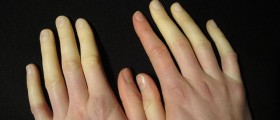
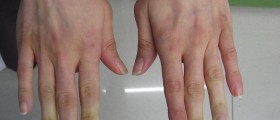
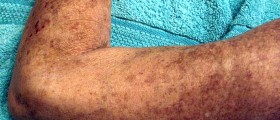

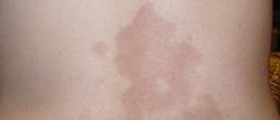



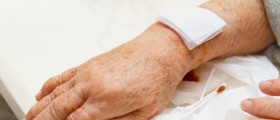


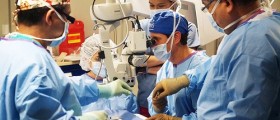

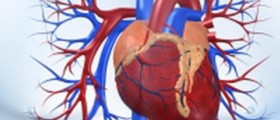

Your thoughts on this
Loading...